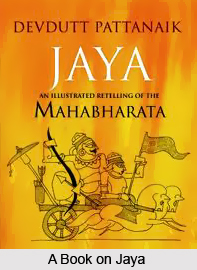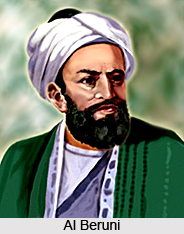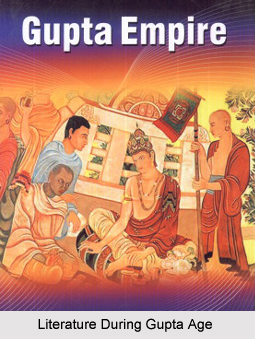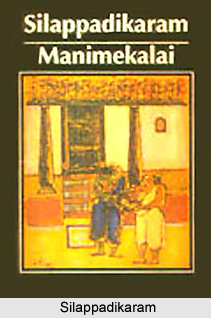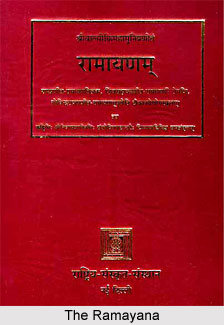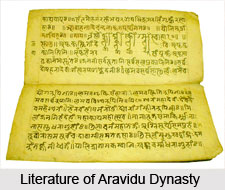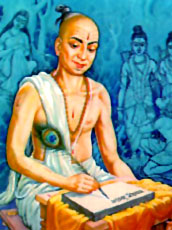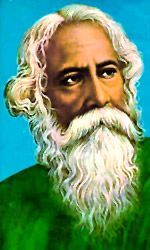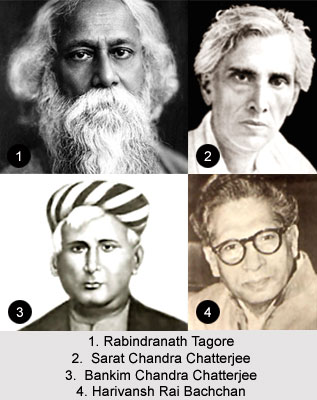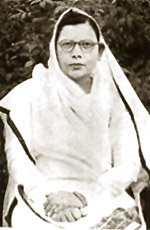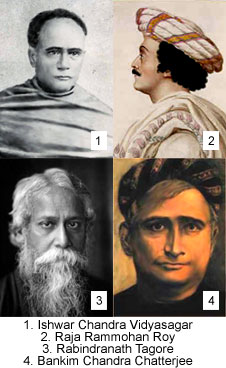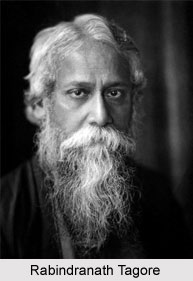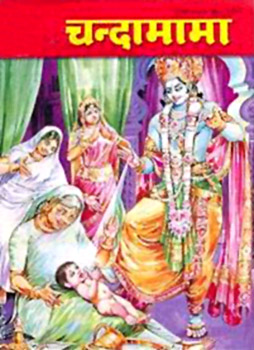 Children`s literature in Indian regional languages is considered as didactic literature. Children`s literature in Indian regional languages is a reflection of the innovative creation of a cultural space of a writer. Through this cultural space the authors find out ways of discovering what they actually want to say about and to children. It is considered as an amphitheatre in which kids and adults can connect in different types of shared and dynamic conversations. However, there exists a huge gap as regards perception. Most of the children`s fictions are known for their Indian-ness. Handling a beautiful book is regarded as an aesthetic experience for the child.
Children`s literature in Indian regional languages is considered as didactic literature. Children`s literature in Indian regional languages is a reflection of the innovative creation of a cultural space of a writer. Through this cultural space the authors find out ways of discovering what they actually want to say about and to children. It is considered as an amphitheatre in which kids and adults can connect in different types of shared and dynamic conversations. However, there exists a huge gap as regards perception. Most of the children`s fictions are known for their Indian-ness. Handling a beautiful book is regarded as an aesthetic experience for the child.
There exists a wide array of fictions in Bengali, Tamil, and Gujarati languages for children. Children`s literature in the regional languages of India comprises story books catering to the necessities of different age-groups. A child who is a teenager will not be satisfied by mere ghost, stories or fairy-tales as one sees in Chandoba and Chandamama. The growing child needs better stories of scientific adventure or more intelligent type satisfying his riddle solving instinct. But unfortunately majority of the story books in the regional languages of India do not match the needs of the average intelligence of a pre-adolescent. Interestingly, constant references have been made to India as the `structure of children`s literature`, that is composed of rich oral traditions. Panchatantra - Parables for 21st Century expresses the antique cultures of India that have wonderful storytelling traditions. Most of the children`s literary works in different regional languages carry artistic formats and illustrations.
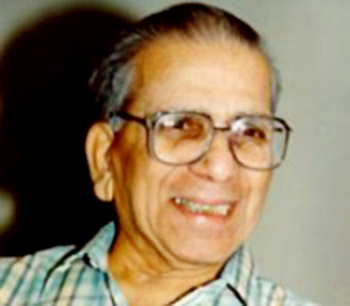 Some of the stories for children carry a constant preachy, didactic and sermonising tone with a long-drawn and serious lengthened type of end. From such works it appears that the story writer has no other purpose but turning the young boy or girl into an `ideal` citizen, hero or heroine, or patriot of a sort. If the suspense of any story is lost then inevitably the story loses its charm. And drawback about most of the children`s literary works in regional languages is that they tend to be pompous and boring as they lack of humour. They are generally considered as stereotyped, evolved around stock characters and are at times monotonous. Contrarily, Gangadhar Gopal Gadgil and P. L. Deshpande have written some interesting funny books for children in Marathi language; Shiksharthi did some good work in Hindi language; Al Valliappa made some charming contributions in Tamil and the list is endless. But the general tone of most of the story books tends to be serious. Adult language has also been adopted for children`s stories. Most of the story-writing is done in a laboured and long-drawn literary idiom.
Some of the stories for children carry a constant preachy, didactic and sermonising tone with a long-drawn and serious lengthened type of end. From such works it appears that the story writer has no other purpose but turning the young boy or girl into an `ideal` citizen, hero or heroine, or patriot of a sort. If the suspense of any story is lost then inevitably the story loses its charm. And drawback about most of the children`s literary works in regional languages is that they tend to be pompous and boring as they lack of humour. They are generally considered as stereotyped, evolved around stock characters and are at times monotonous. Contrarily, Gangadhar Gopal Gadgil and P. L. Deshpande have written some interesting funny books for children in Marathi language; Shiksharthi did some good work in Hindi language; Al Valliappa made some charming contributions in Tamil and the list is endless. But the general tone of most of the story books tends to be serious. Adult language has also been adopted for children`s stories. Most of the story-writing is done in a laboured and long-drawn literary idiom.
However, since the independence of the country Indian literature including children`s literature have undergone huge changes including their outlook, achievement and ideals. During the fifties, children`s literature in Indian regional languages had witnessed some significant changes. Thus, children`s books have transformed from simple stories which were rich in traditions and morals into those ones that reflect the changing society of the present age. Further, today it has converted into a larger market with numerous publishers moving in this arena. Children`s literature in Indian regional languages is definitely spreading its wings of popularity across the world.
